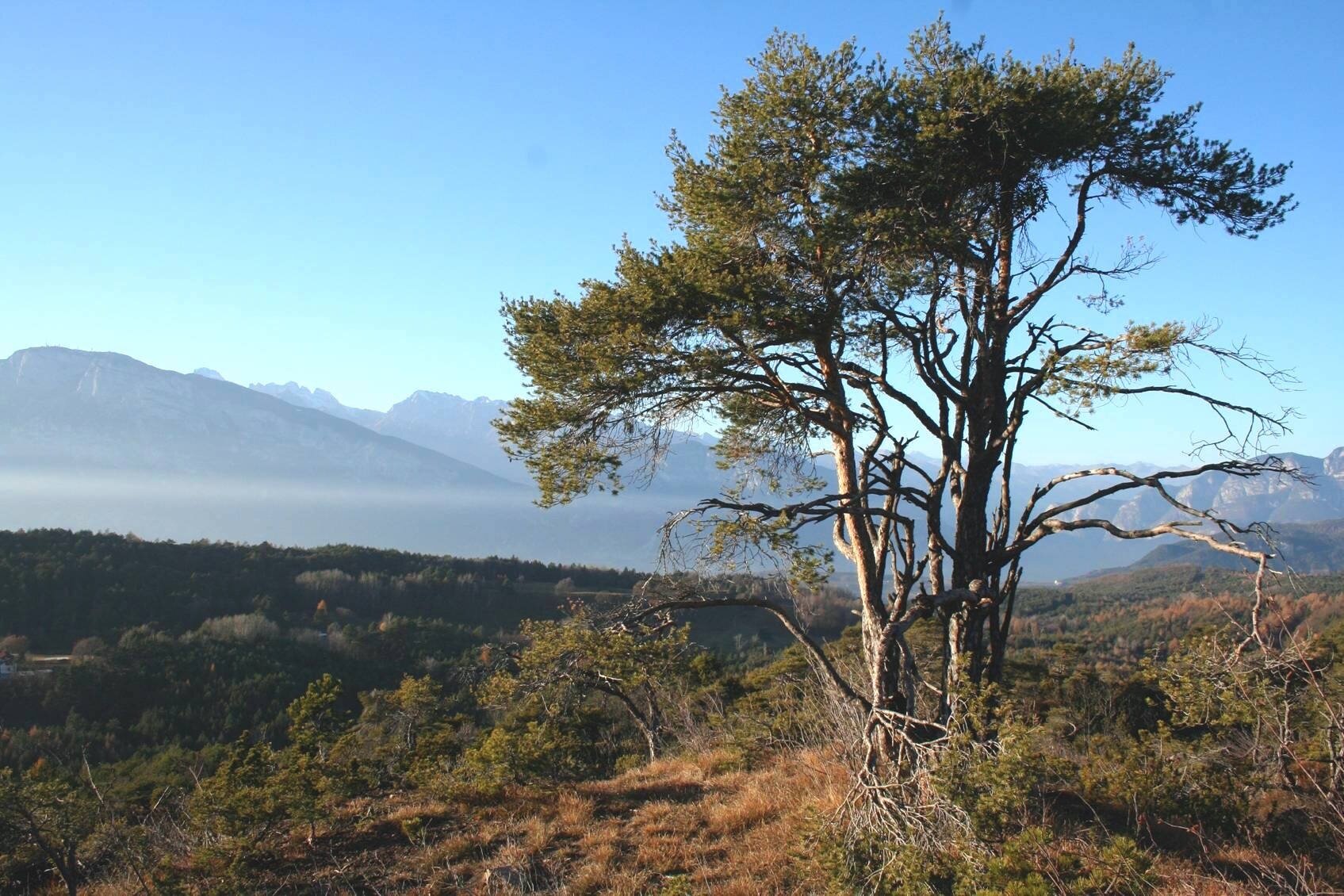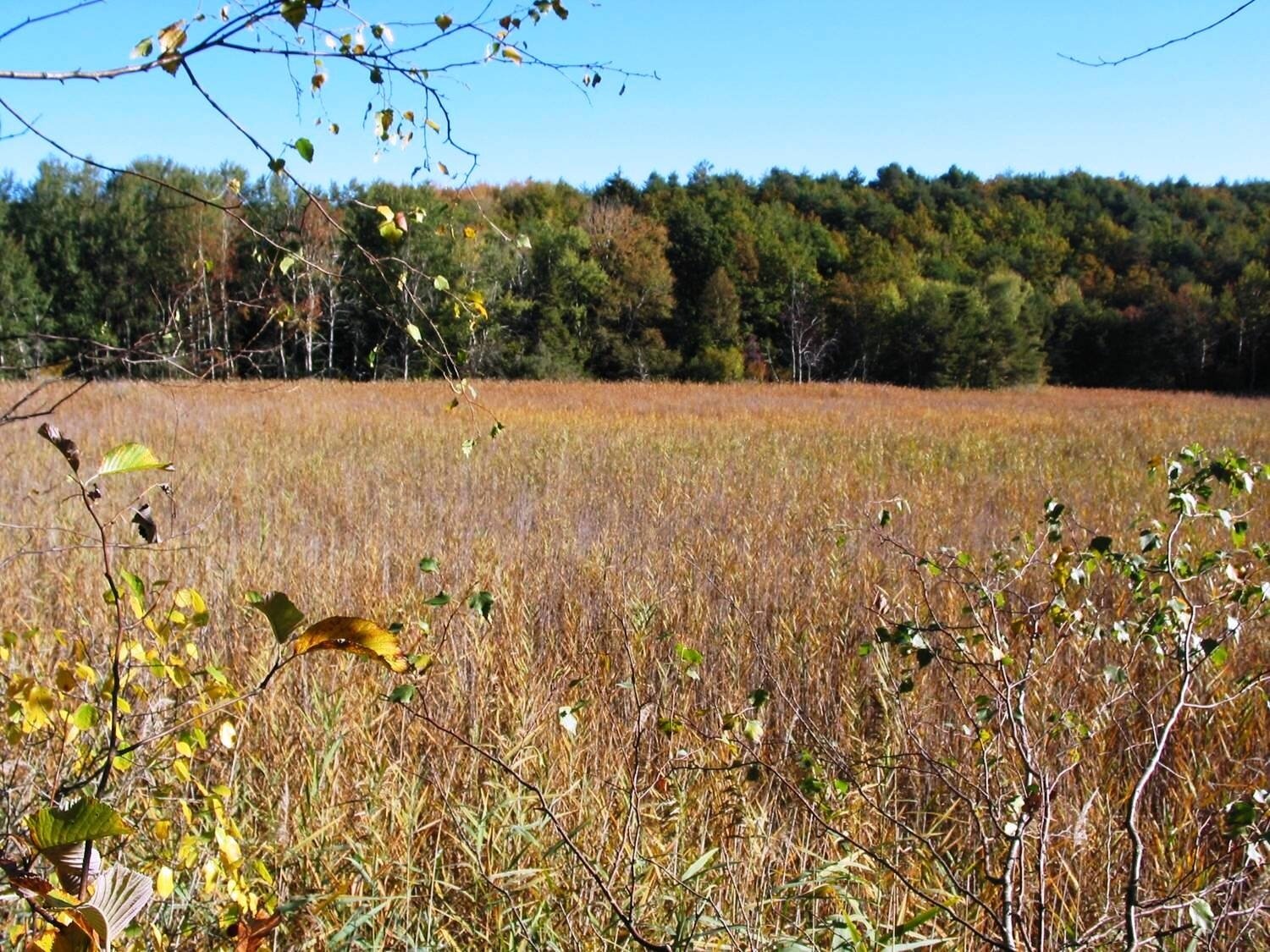Exploratory walk in the Le Grave biotope: a landscape halfway between an oriental garden and an alpine natural area.
The route surrounds the Le Grave biotope, which includes two very different types of environments: a wet area and a dry area, located at the feet and on the slopes of a small hill called "Doss Le Grave".
The dialect term "grave" indicates a heap of gravel or stones. The origin of this particular environment is linked to human activity: the massive accumulation of porphyry gravel and stones is actually made up of waste material from silver mining activities that, between about 1000 and 1500 AD, affected the entire Calisio-Argentario plateau.
The "grava" environment has a particularly dry soil that strictly influences plant life. Typical species of dry places grow there, such as globularia (Globularia cordifolia) and the corvin pear (Amelanchier ovalis), but also a large number of Scots pine specimens (Pinus sylvestris), which, due to poor soil, grow very slowly and feebly and have systematically taken on the appearance and shape of true natural bonsai, no taller than one and a half meters. Their presence has given the landscape a vaguely oriental and evocative appearance.
In the wet portion below, the biotope includes a peat bog where some genuine botanical rarities live, including some marsh orchids and the splendid marsh gladiolus (Gladiolus palustris); the presence, in the pools, of water lily (Nymphaea alba) and bladderwort (Utricularia minor), an insectivorous plant that lives completely submerged, should also be noted.
Walk calmly with eyes and ears wide open to discover the richness of nature. On the information boards you will find lots of useful information to deepen your curiosity.


